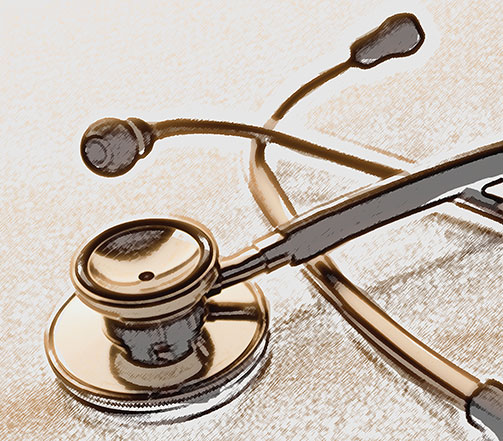Many of you will know that a majority of us third years have been through an interview that will decide whether we can stay in college or not next year. Why are we going to these interviews in droves, you ask? Doesn't UPM medical students automatically get to stay in their hostels (K17) despite the level of extra-curricular involvement? A big reason this happened would be because we had previously thought there was no point in collecting merits as we had thought we would be staying in the KL Damai hostel next year when we have our postings in our 4th and 5th year. Because of politics and a lot of red tape, imagine the surprise, the slaps on our unsuspecting faces when we hear that there will be no KL Damai hostel and there might not even be a renewed contract with HKL as a teaching hospital for UPM anymore as of 2012. That's another story, and the issue is far more complex, but let's talk about the merits and staying in K17 part.
Medical students used to be priviliged enough to be able to stay in college without having to collect merits like other students, the cream of the cream syndrome if you ask me, so the few of us that do join these activities were seen as fools, and some were even advised by colleagues to quit medical school (with good intentions, of course) *ahem ahem*. Most of us won't even go out of the college to have a jog, preferring the creature comforts of our dorm rooms, let alone become chairperson of an event! So one wonders why should one get involved in these silly activities that nobody remembers in a few years time? I've heard of people saying medical students are so busy, they don't even go out to buy their own dinners! I've also read newsclippings relaying the opinion of some nerdy med student saying there is no enjoyment when studying medicine, only hard work and duty. Those "facts" are only true if you want it to be.
I have had the best time possible, and have learnt so much from being in UPM, and I've only gone through third year! I never would've thought it would be possible since I honestly hadn't even known UPM existed before I searched it up to fill in my UPU form. I tell this to so many people, but it bears repeating: even if I could re-wind time, my first choice in the UPU form would still reflect that I want to be a medical student in UPM. Had I joined UM, UKM or USM I wouldn't have been able to join debate, I wouldn't have learnt the stuff I did, I wouldn't have been able to form the great relationships with the medical students, the staffs or the students from other courses. I would've never been able to gain working experience with my employers, some nasty, some nice. In short, I wouldn't be the person I am today .
 |
| Kem perkasa! |
I think if I was to tell the kids about my time in UPM, the best thing would be about the fun I had joining the UPM debate team. (Of course, academically, clinical year was the best fun I've ever had learning.) It wasn't even hard to join debate because all you needed to be able to do was to speak "Yes" and "No" and you're in. Read the news and humanities journals? Learn economic/political/social theories? Um, yeah.. not really. I met with people I would've otherwise never did in K17, law students, fine art students, from Sabah, from Kyrgyztan, from other UPM colleges, previous medical graduates of UPM (hi Sooch!) Finally, it feels like I don't have to commit suicide by slitting my wrists with all my medical notes. I hadn't been able to join more tournaments since clinical year due to financial problems but I should hope that's about to change in 4th year.
Likewise, there are many seniors that's been vice president of the college MTM, MPP representatives, AIESEC members, thoose active in religious societies and so forth. Some can sing, dance, act, or all three and they do it well! Some have organized several big events and made it into the news! Some of them have their own side businesses and are able to afford cars on their part time jobs (hi Kak Ikin!). Some are married by their second, third, fourth year (hi, um.. nevermind). Don't think that a medical school limits you from having a life, because only you can decide that for yourself, not other folks propagating "truths" like to be a good doctor, one must study 24/7. Your life and how you balance it is up to you, so take control of it. People do ask, "How do you balance your studies?" I have no answer for this because I'm still not good at it even if I'm not active in extra-curricular activities, I make do with I have and I'm always improving my time-management.









